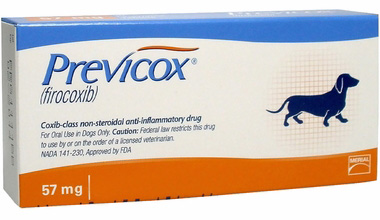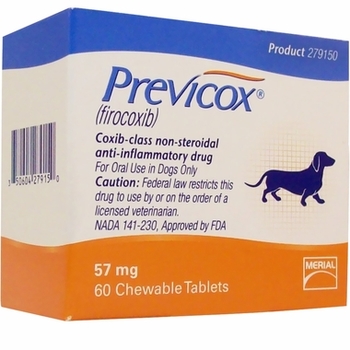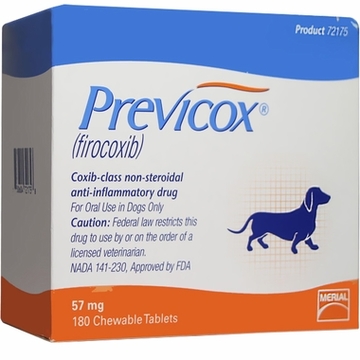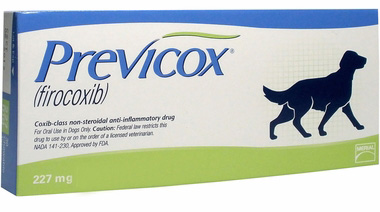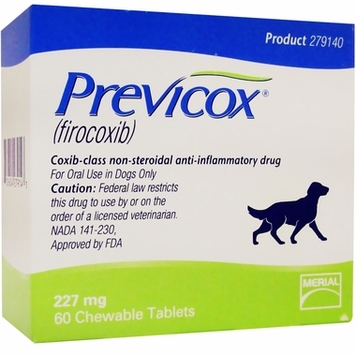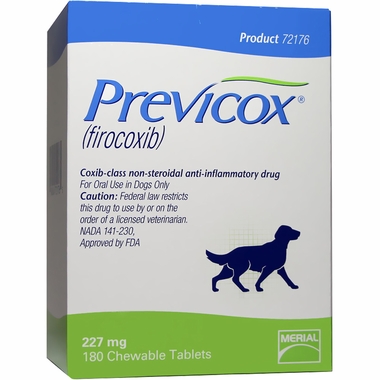About Arthritis in Dogs

Canine osteoarthritis (OA) is a chronic disease that causes degeneration of the joints, resulting in pain, inflammation, and reduced mobility. It can affect any joint in your dog’s body.
Osteoarthritis is the number one cause of chronic pain in dogs, affecting about 1 in 5 dogs in the US.1 It is a chronic, degenerative disease of the joints that gradually worsens with age, as the protective cartilage in joints wears down and causes painful swelling and stiffness that can make movement difficult for your dog.1,2 Dogs suffering from this condition may understandably avoid activity and may seem irritable and lethargic, or not like their usual selves. Arthritis can affect any joint in your dog’s body, but it is commonly diagnosed in the following joints:
Osteoarthritis is the number one cause of chronic pain in dogs, affecting about 1 in 5 dogs in the US.1 It is a chronic, degenerative disease of the joints that gradually worsens with age, as the protective cartilage in joints wears down and causes painful swelling and stiffness that can make movement difficult for your dog.1,2 Dogs suffering from this condition may understandably avoid activity and may seem irritable and lethargic, or not like their usual selves. Arthritis can affect any joint in your dog’s body, but it is commonly diagnosed in the following joints:
- Knee
- Elbow
- Wrist
- Hip
- Spine
Signs of Arthritis in Dogs
Because of the inflammation associated with OA, most of the signs of this disease in dogs are related to the pain and reduced mobility of the affected joints and the dog’s reluctance to cause more pain by moving. Though not all dogs with OA will display obvious signs of pain, many do show signs of stiffness, limping, and lethargy. It’s important to pay close attention to changes in your dog’s activity and behavior.
Treatment and Managment of Osterarthritis
Treatment focuses on alleviating pain and inflammation to help keep the disease from affecting your dog’s quality of life.
With the right treatment, a dog with OA can still lead an active, quality life. If your dog has OA, there are many things your veterinarian will recommend that you can do for your dog to help him or her stay active. A treatment plan may include PREVICOX (firocoxib) to relieve pain and inflammation, as well as appropriate exercise and weight control. These are both essential for any dog, and they become even more important for dogs with OA to help maintain mobility and control the stress on a dog’s joints. In fact, veterinarians recognize exercise and weight control among the most well-proven actions pet owners can take to help relieve pain and inflammation due to canine OA.
Previcox for dogs can also help manage the pain and inflammation caused by osteoarthritis. Learn more about Previcox
With the right treatment, a dog with OA can still lead an active, quality life. If your dog has OA, there are many things your veterinarian will recommend that you can do for your dog to help him or her stay active. A treatment plan may include PREVICOX (firocoxib) to relieve pain and inflammation, as well as appropriate exercise and weight control. These are both essential for any dog, and they become even more important for dogs with OA to help maintain mobility and control the stress on a dog’s joints. In fact, veterinarians recognize exercise and weight control among the most well-proven actions pet owners can take to help relieve pain and inflammation due to canine OA.
Previcox for dogs can also help manage the pain and inflammation caused by osteoarthritis. Learn more about Previcox
